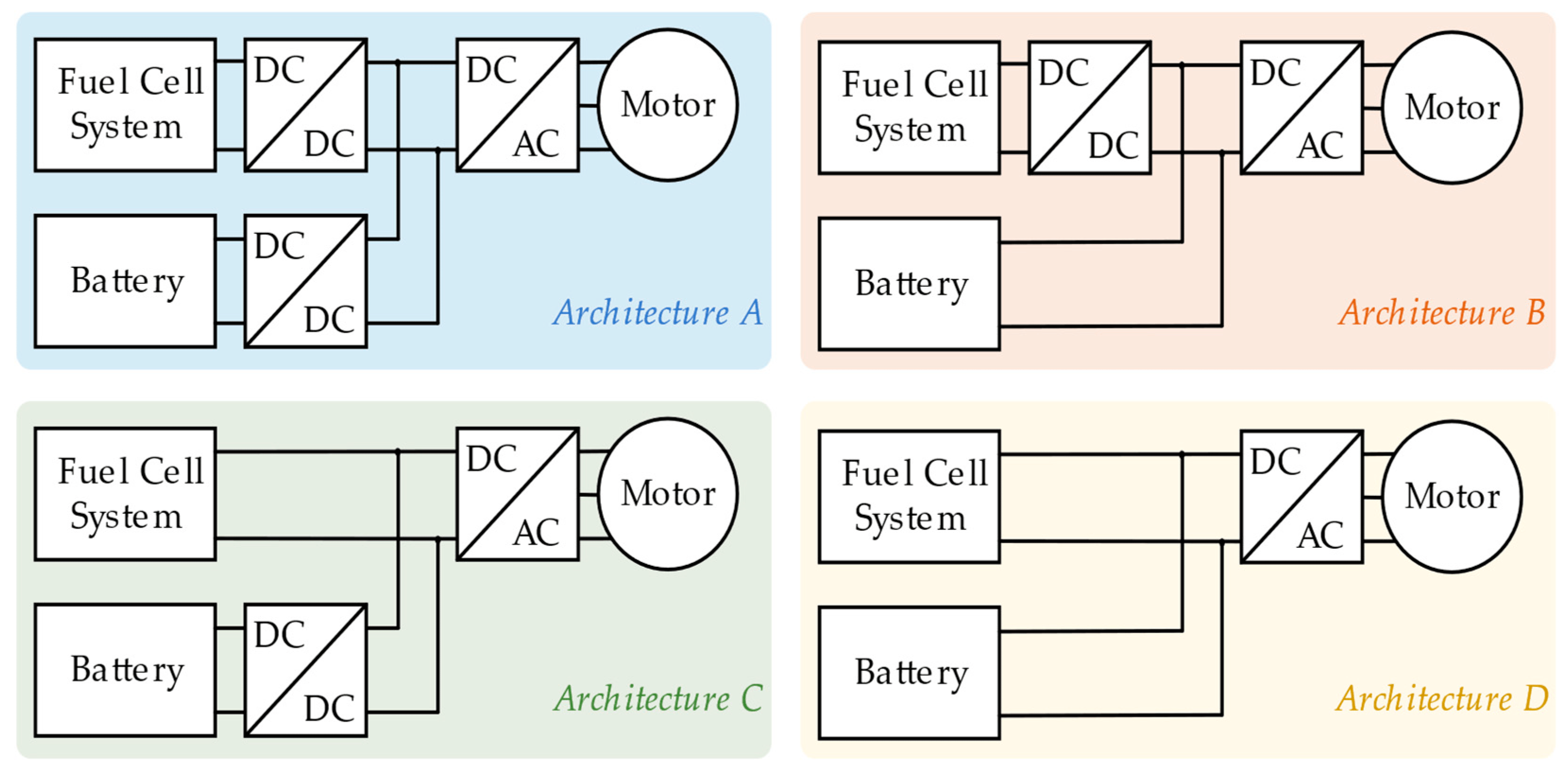G. Gottardo, A. Basso Peressut, S. Colnago, S. Latorrata, L. Piegari, G. Dotelli
Energies, 16(19) (2023), 6782, 1-19
https://doi.org/10.3390/en16196782
Fuel cell electric vehicles are a promising solution for reducing the environmental impacts of the automotive sector; however, there are still some key points to address in finding the most efficient and less impactful implementation of this technology. In this work, three electrical architectures of fuel cell electric vehicles were modeled and compared in terms of the environmental impacts of their manufacturing and use phases. The three architectures differ in terms of the number and position of the DC/DC converters connecting the battery and the fuel cell to the electric motor. The life cycle assessment methodology was employed to compute and compare the impacts of the three vehicles. A model of the production of the main components of vehicles and fuel cell stacks, as well as of the production of hydrogen fuel, was constructed, and the impacts were calculated using the program SimaPro. Eleven impact categories were considered when adopting the ReCiPe 2016 midpoint method, and the EF (adapted) method was exploited for a final comparison. The results highlighted the importance of the converters and their influence on fuel consumption, which was identified as the main factor in the comparison of the environmental impacts of the vehicle.

